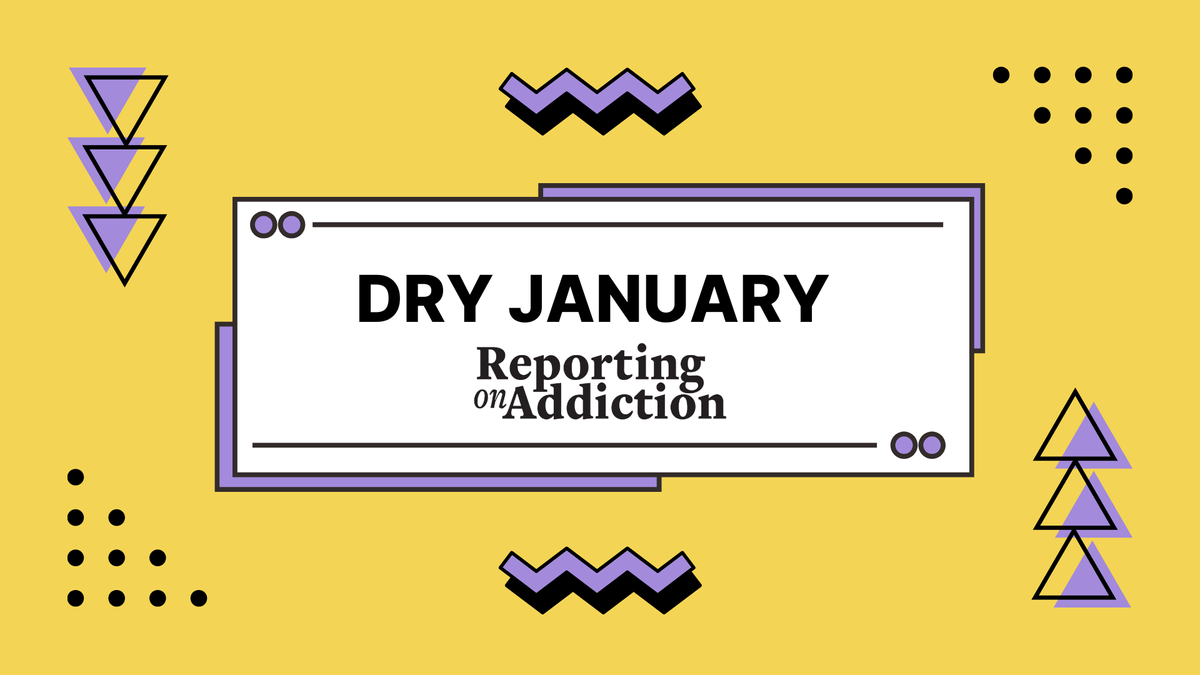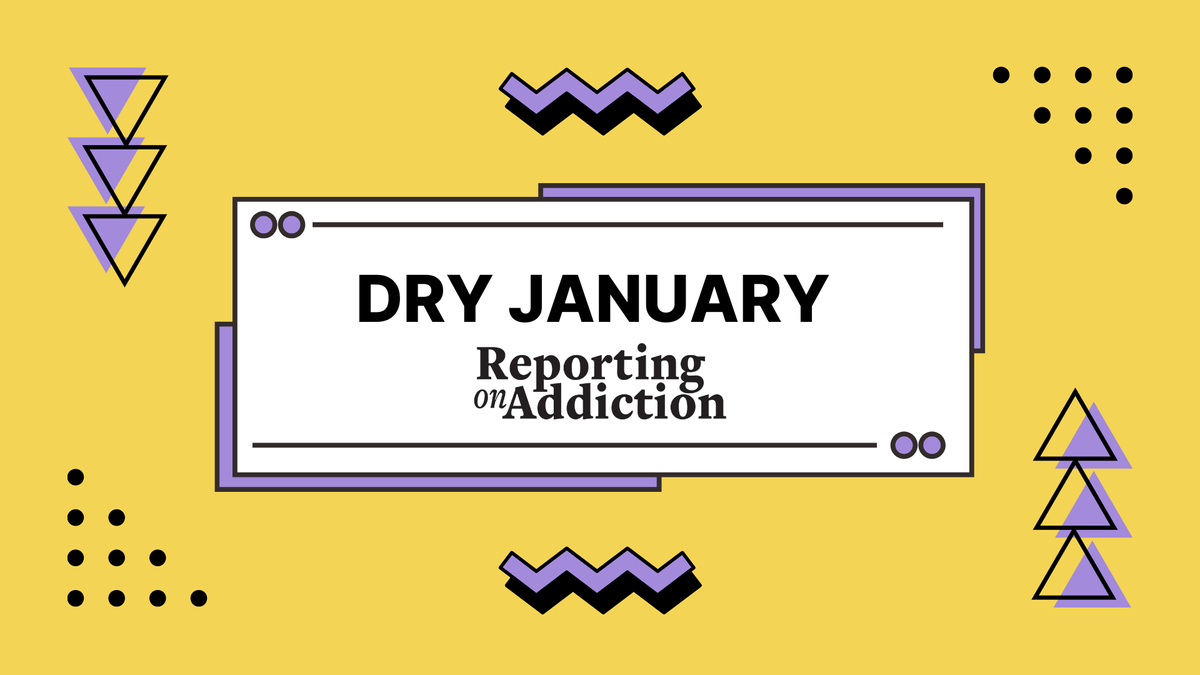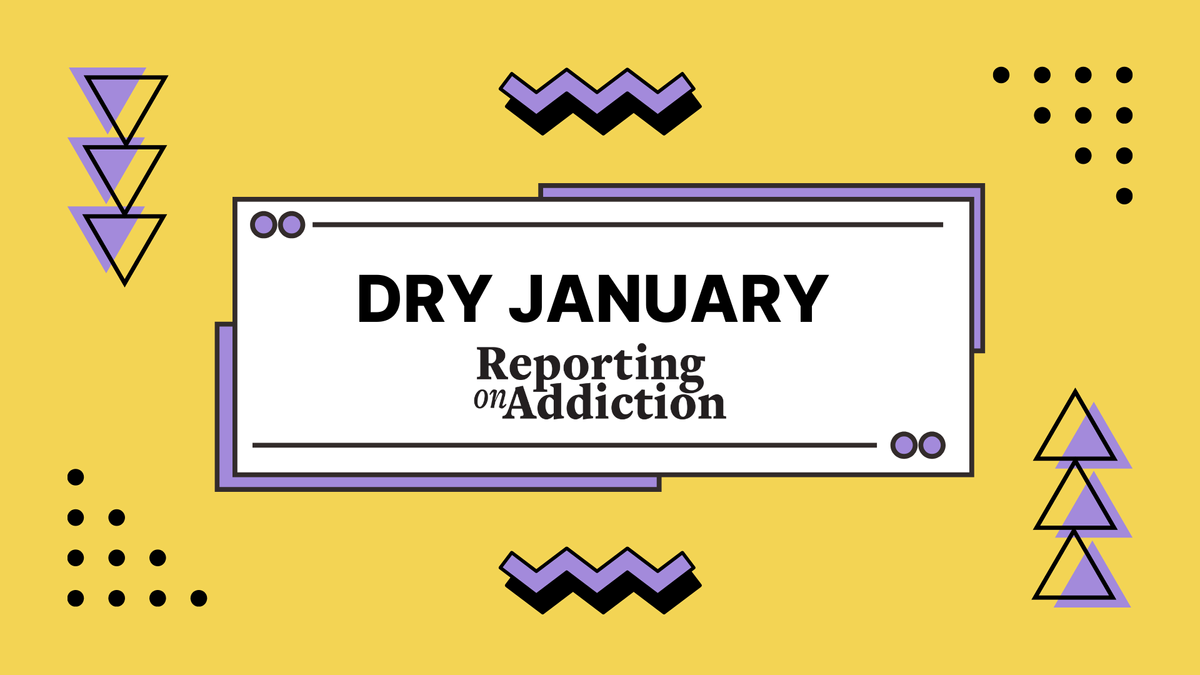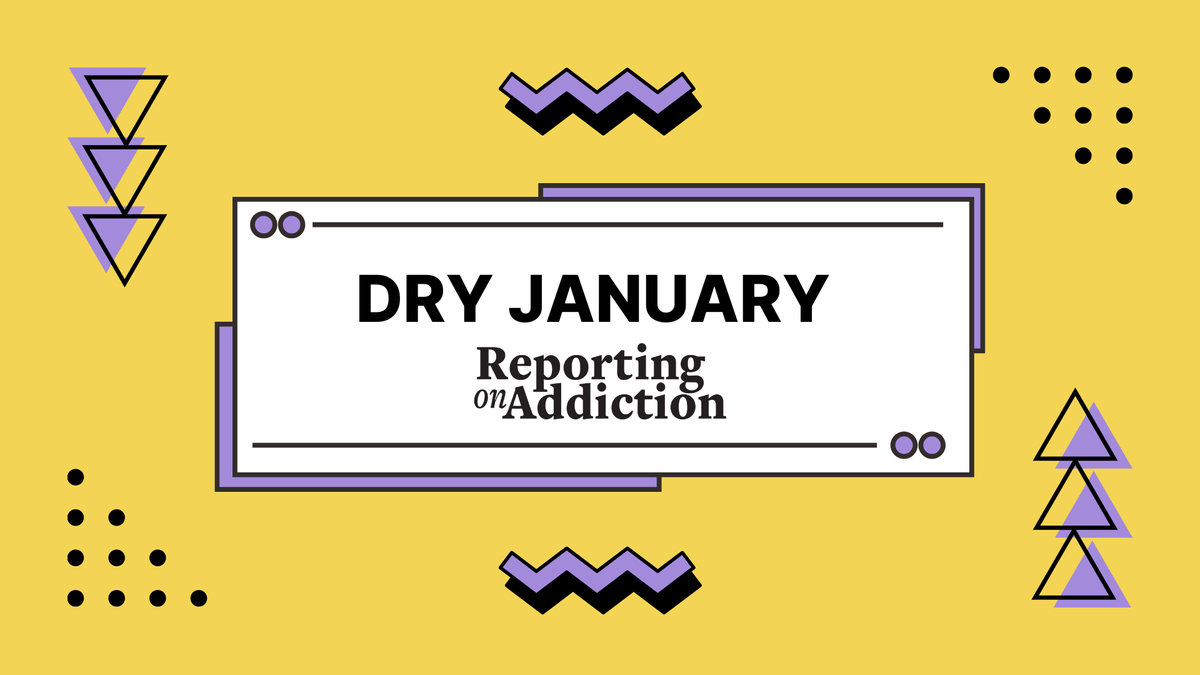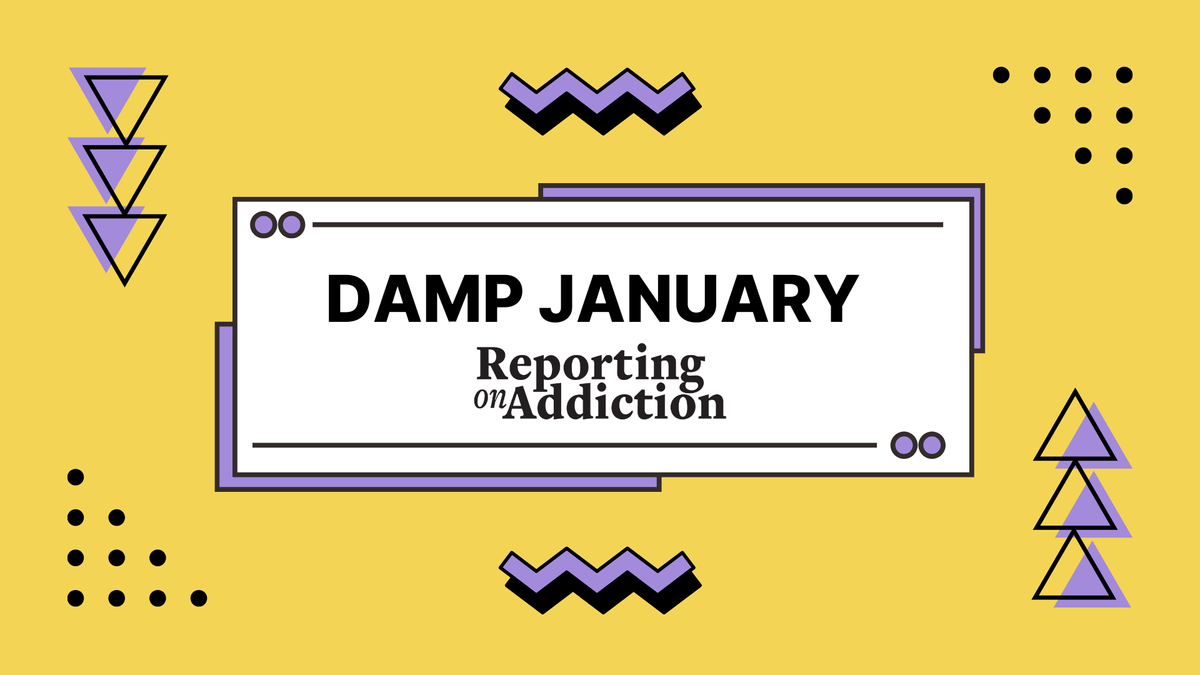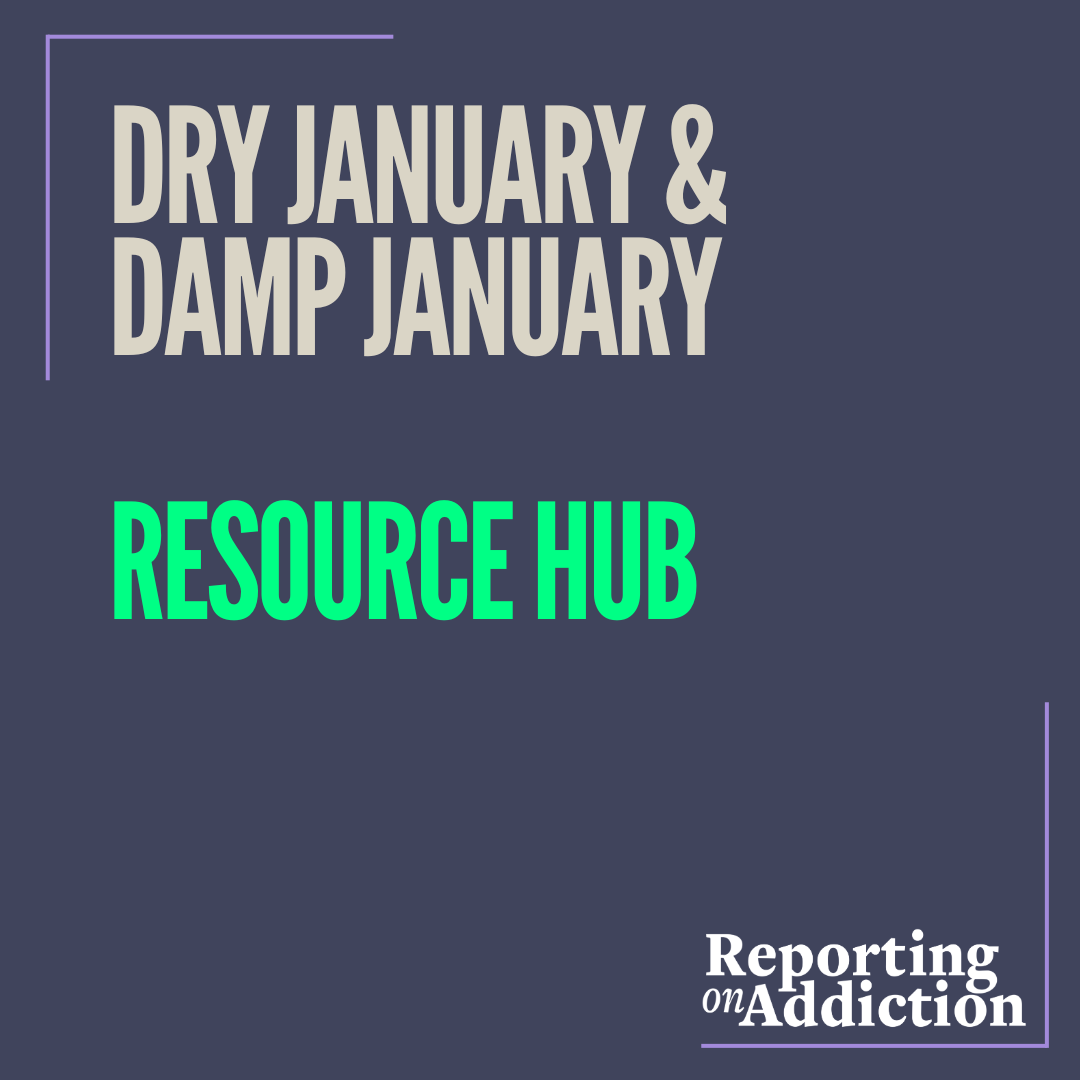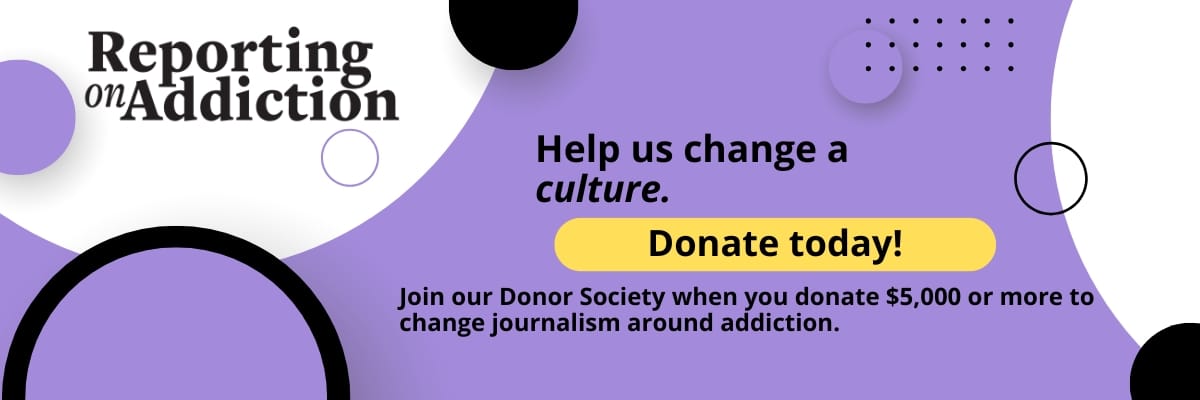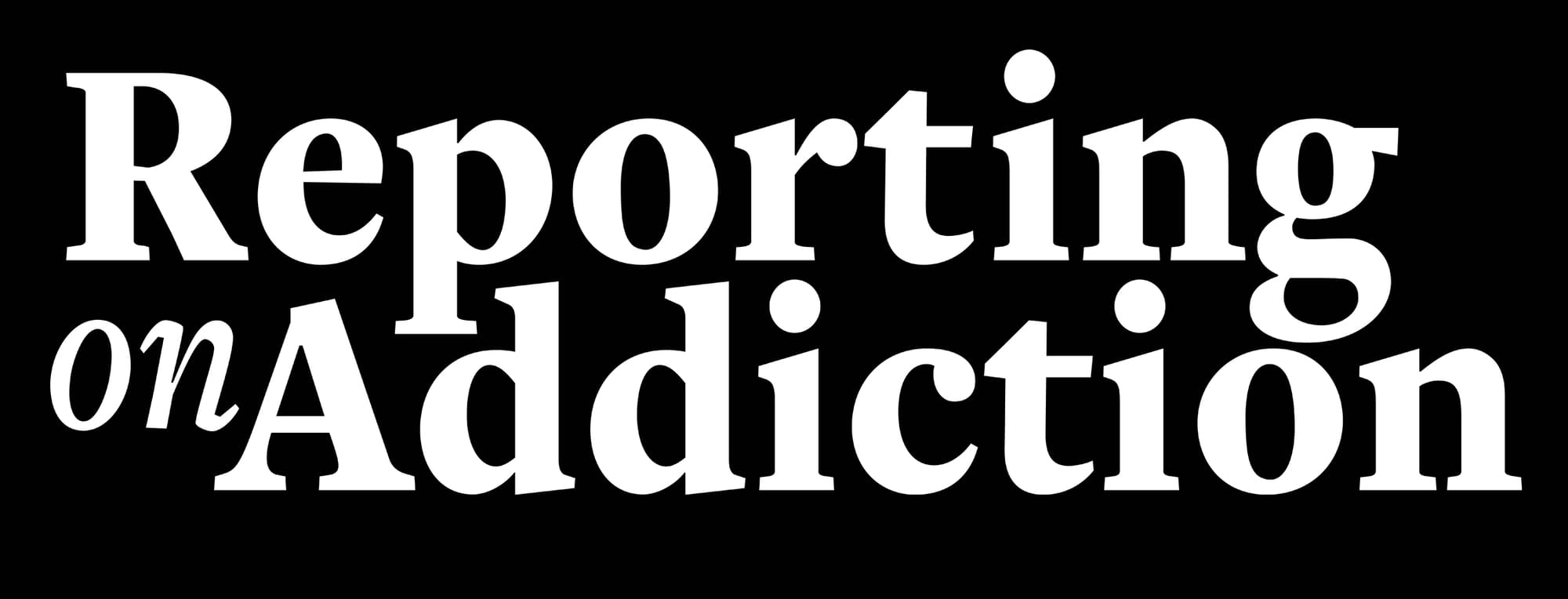Dry January - About Alcohol Use Disorder
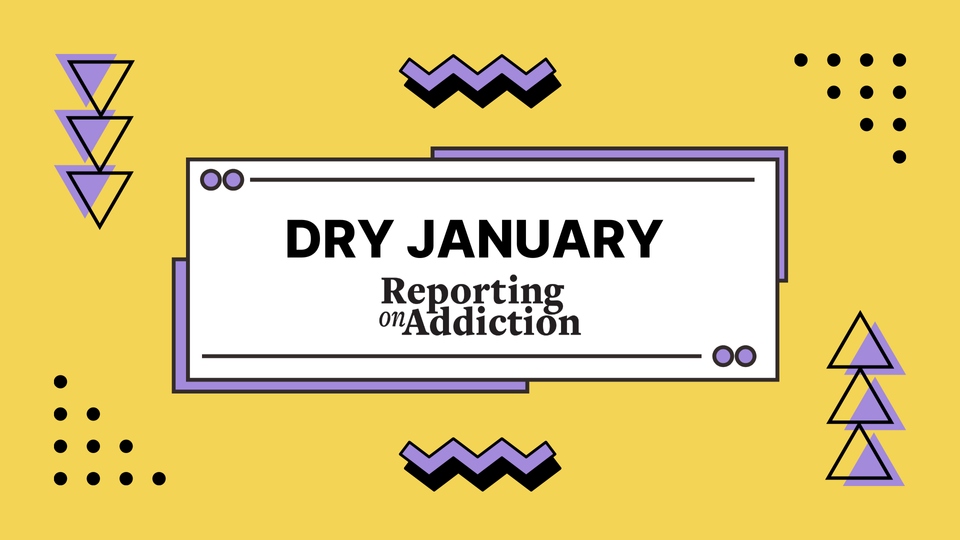
This is part of our series of articles about Dry January & Damp January
Many of symptoms of alcohol use disorder (AUD) or alcohol addiction intersect directly with Dry January but are not acknowledged in the coverage or by the audience as a potential indicator of problematic drinking. Consider that there are various levels of stigma around admitting problems with drinking. Alcohol is deeply ingrained in many cultural and social experiences. Many people perceive and internalize problem drinking as a moral or personal failure. It's not.
Let us explain.
About AUD
To have a formal AUD diagnosis you need to talk to a health professional. They will consider an individual’s patterns of alcohol use, whether it is problematic or leading to clinically significant impairment or distress in a 12-month period.
Understanding the AUD continuum
Like all substance use disorders, AUD falls on a continuum. The general public rarely recognizes mild or moderate AUD, partially because media representations of AUD typically focus on severe AUD or particularly chaotic use. Similar to other chronic diseases, early intervention is associated with the best outcomes in terms of disease and death (morbidity and mortality) making it all the more important to help people understand the full AUD continuum.
Symptoms of an AUD from the DSM-5 include:
- Alcohol is often taken in larger amounts or over a longer period than was intended.
- There is a persistent desire or unsuccessful efforts to cut down or control alcohol use.
- A great deal of time is spent in activities necessary to obtain alcohol, use alcohol, or recover from its effects.
- Craving, or a strong desire or urge to use alcohol.
- Recurrent alcohol use resulting in a failure to fulfill major role obligations at work, school, or home.
- Continued alcohol use despite having persistent or recurrent social or interpersonal problems caused or exacerbated by the effects of alcohol.
- Important social, occupational, or recreational activities are given up or reduced because of alcohol use.
- Recurrent alcohol use in situations in which it is physically hazardous.
- Alcohol use is continued despite knowledge of having a persistent or recurrent physical or psychological problem that is likely to have been caused or exacerbated by alcohol.
- Tolerance, as defined by either of the following:
- A need for markedly increased amounts of alcohol to achieve intoxication or desired effect.
- A markedly diminished effect with continued use of the same amount of alcohol.
- Withdrawal, as manifested by either of the following:
- The characteristic withdrawal syndrome for alcohol (See the “How is alcohol withdrawal managed?” section for some DSM-5 symptoms of withdrawal).
- Alcohol (or a closely related substance, such as a benzodiazepine) is taken to relieve or avoid withdrawal symptoms.
Understanding cutting back from drinking
For some people, abruptly stopping alcohol use can lead to severe withdrawal, which is considered a medical emergency. Risk factors for withdrawal include previous withdrawal, very heavy alcohol use, and alcohol use disorder. There is a journalistic responsibility to acknowledge these risks to your audience. Encourage your audience to seek health professionals guidance before making this behavior change.
Treating AUD
Few people know about treatment for AUD outside of 12-step programs (Alcoholics Anonymous or AA). This may be why fewer than 25% of people with AUD and drinking problems utilize alcohol-focused treatments. Recognize that there isn't one way to treat an AUD and that you can use conversations about alcohol to increase awareness about treatments for alcohol use disorder.
Medications
There are three FDA-approved medications to treat AUD:
- Disulfiram (Antabuse)
- Acamprosate (Campral)
- Naltrexone (includes extended-release Vivitrol)
Only about 2% of people who should receive these medications receive them and take them. The limited use of medications is partly due to very few people’s awareness of these medications (including health professionals!). There is also a strong bias among some people that “true” individual “control” of substance use and a “true” marker of sobriety requires not using medications. In many people’s mind, the only goal of recovery is abstinence, including abstinence from medication support. This is problematic and may even contribute to more people dying from AUD. Abstinence is not the only aspect of recovery. Medications are treatment. Different people need different things.
Consider too that approximately 70% of folks have a natural recovery, meaning they improve their drinking habits without interventions.
Behavioral interventions
These approaches are more common: treatments like psychotherapy, group therapy, and mutual support groups (peer-to-peer, and especially Alcoholic Anonymous.)
At the end of the day, including these approaches in your Dry January coverage helps inform your audience about how different treatments can help while busting myths about these approaches.
Learn more
- The best resource for alcohol consumption is the NIH’s National Institute on Alcohol Abuse and Alcoholism (NIAAA), which has an Alcohol Treatment Navigator
- There is a great HBO documentary on alcohol and the AUD continuum that was done in collaboration with NIAAA: Risky Drinking
This is part of our series of articles about Dry January & Damp January
